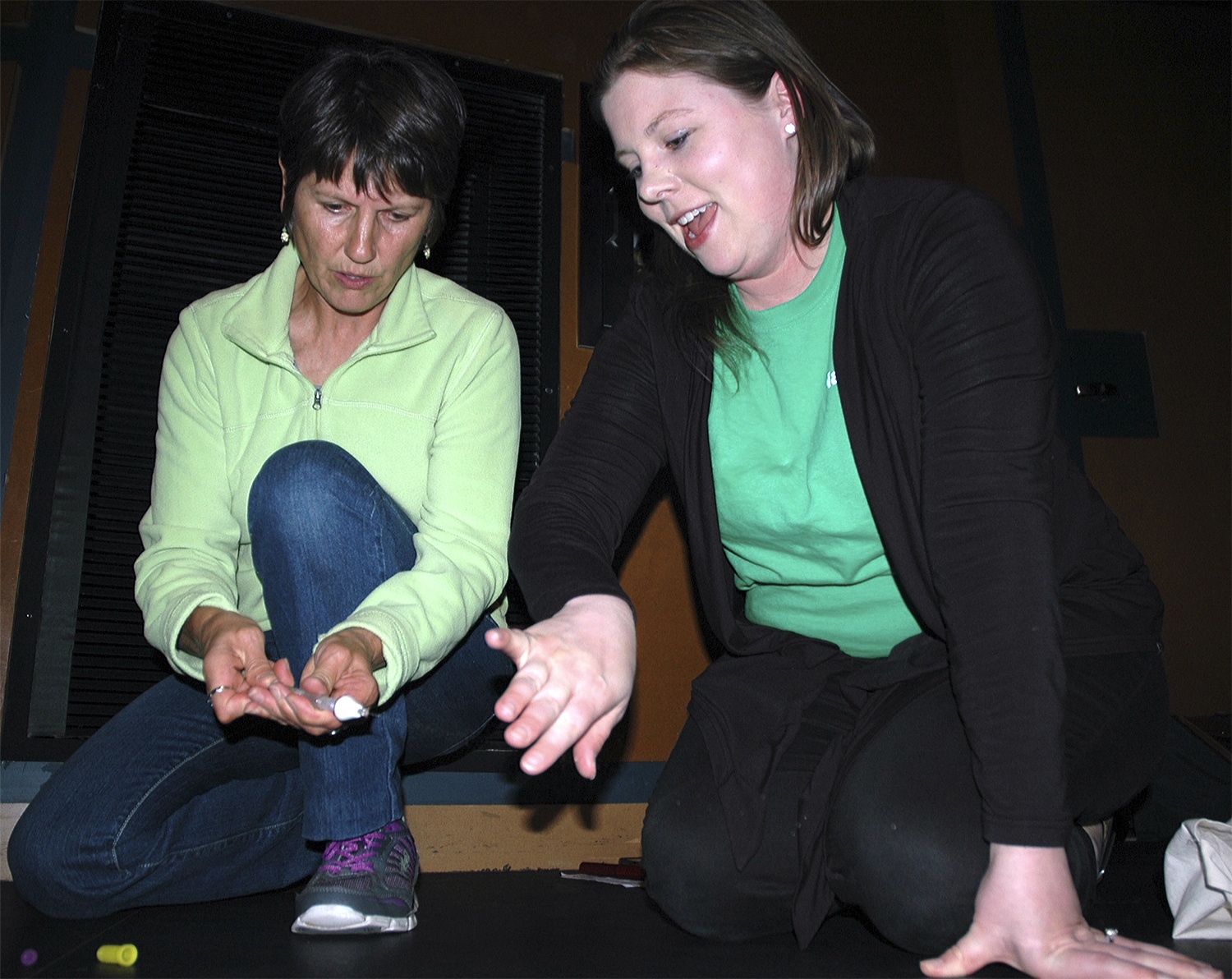ARLINGTON — Jim Kelly works close enough to the Stillaguamish River that he can see every day what those who have visited the river this summer have seen.
Even as families stop by to cool off in its waters at Haller Park, the Stillaguamish River is so low that they can practically walk across it at certain points.
The Arlington Public Works director doesn’t know if this is a permanent realignment in the weather, or if it’s a symptom of an unpredictable weather system that will eventually swing to the opposite extreme.
What he does know is that meteorologists are already forecasting a warm enough winter that the river will again have a smaller snowpack to draw from next year.
This has refocused the city’s attentions to its water sources. The Haller Well, on the bank of the river, is its main source, supplying 85 percent of the city’s water, while the Arlington Airport Well supplied 5 percent. The Snohomish County PUD supplied 10 percent of the city’s water, but Kelly deemed that more than normal, because the Haller Well was shut down temporarily in the wake of the Oso slide contaminating the river.
“We still have sufficient water rights to meet our needs” through 2050, Kelly said, “as long as we continue to get it out of the ground.”
To that end, the Airport Well built in 1947 is nearing the end of its life expectancy, so the city is looking for other sources of long-term, reliable groundwater.
“We’ve already performed hydrogeological studies of the rock formations beneath our feet,” Kelly said. “Certain types of formations give up water more easily, such as sand and gravel, while clay doesn’t.”
From there, the city will need to sort through the legal rights, identify a couple of test well sites, and present a report to the state Department of Health, all of which Kelly expects will take a couple of years. From there, it will probably take another year to put in the new well and tie it into the existing water system.
“The permitting and study portion represents a long phase,” said Kelly, who assured citizens that the city is equipped to meet the water needs of a growing population. “We already have a game plan. Additional water rights will come in as the public grows.”
Kelly nonetheless acknowledged that the low river levels have been alarming.
“We have the same drought plan as the Everett and Snohomish County PUD,” Kelly said. “It was developed in 2004, and this is the first time we’ve opened that book.”







